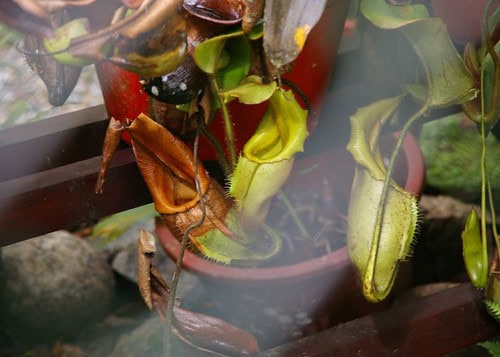In the mysterious world of carnivorous plants, there exists a remarkable botanical predator that defies our typical understanding of plants as passive organisms. The Nepenthes rajah, commonly known as the Giant Pitcher Plant, stands out as one of the few plants on Earth capable of trapping and digesting small mammals, including mice. Native to the high-altitude rainforests of Mount Kinabalu in Borneo, this extraordinary plant has evolved specialized adaptations that allow it to supplement its nutrient intake by capturing and consuming animal prey.
Unlike the Venus flytrap that snaps shut on insects, the Giant Pitcher Plant employs a more passive yet equally effective strategy, luring unsuspecting animals to their demise within its fluid-filled traps. This fascinating intersection of plant biology and predatory behavior offers a glimpse into the remarkable adaptations that have evolved in nutrient-poor environments.
The Evolution of Carnivory in Plants
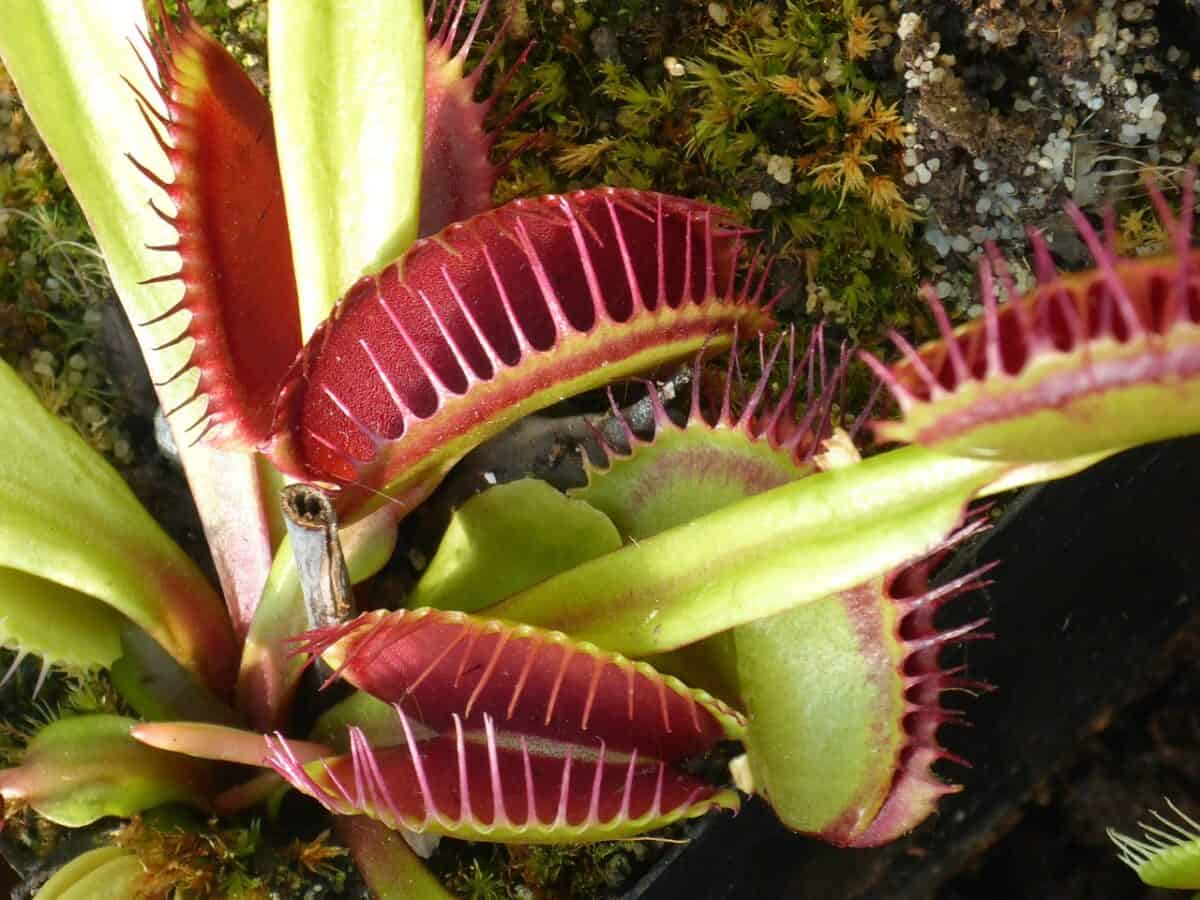
Carnivorous plants like Nepenthes rajah evolved their predatory capabilities as an adaptation to nutrient-poor soils, particularly those lacking sufficient nitrogen and phosphorus. The ability to extract these essential nutrients from animal prey represents a remarkable example of convergent evolution, as different plant families independently developed carnivorous traits. The earliest carnivorous plant fossils date back approximately 40 million years, though molecular evidence suggests the trait may have emerged much earlier.
For the Giant Pitcher Plant specifically, this evolutionary path led to the development of modified leaves that form deep, liquid-filled pitchers capable of trapping and digesting prey much larger than the insects most carnivorous plants target. This evolutionary innovation allowed these plants to thrive in environments where other vegetation struggles, creating a unique ecological niche that showcases nature’s extraordinary capacity for adaptation and specialization.
Anatomy of the Giant Pitcher Plant
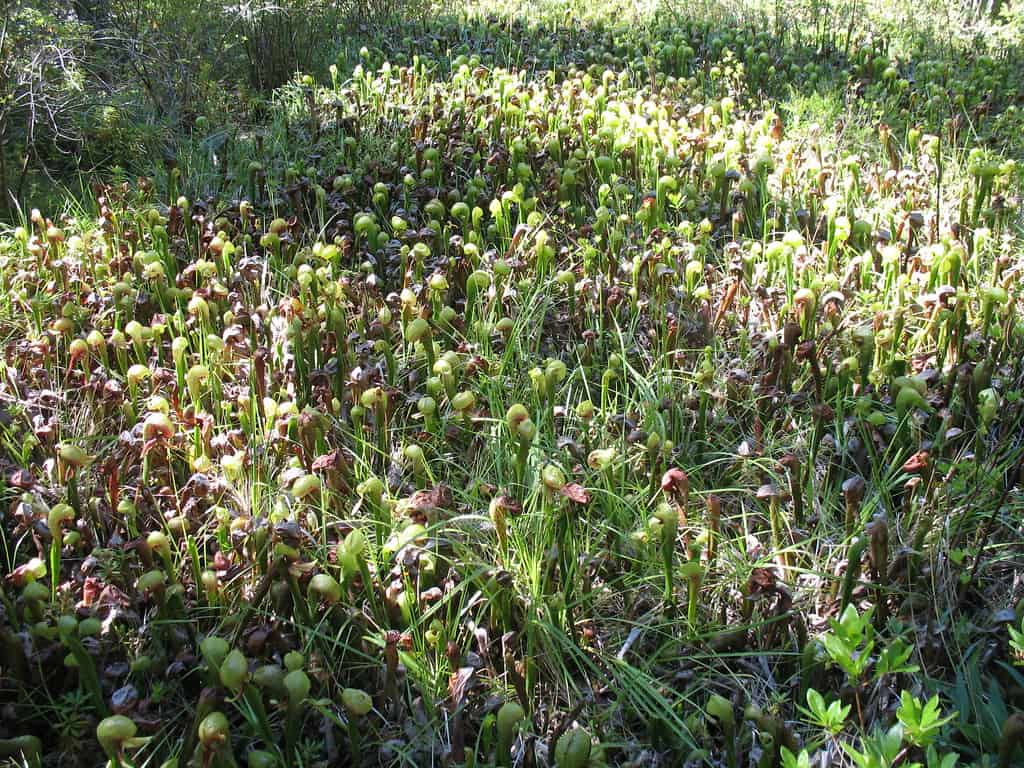
The Nepenthes rajah features some of the largest pitchers in the plant kingdom, with specimens capable of holding up to 3.5 liters (nearly a gallon) of digestive fluid. These massive trap structures develop from modified leaf tips and can reach dimensions of up to 41 cm (16 inches) in height and 20 cm (8 inches) in width. Each pitcher consists of several specialized parts: a colorful, waxy lip called the peristome that attracts prey; a slippery inner surface that prevents escape; a lid (operculum) that partially covers the opening to regulate rainwater entry; and a lower cavity filled with digestive enzymes.
The exterior often displays vibrant red or purple coloration patterns that serve as visual attractants for potential prey. Additionally, the plant produces climbing stems that can reach lengths of over 6 meters (20 feet), allowing the pitchers to be positioned at various heights throughout the forest understory, increasing the diversity of potential prey the plant can capture.
How the Trap Mechanism Works
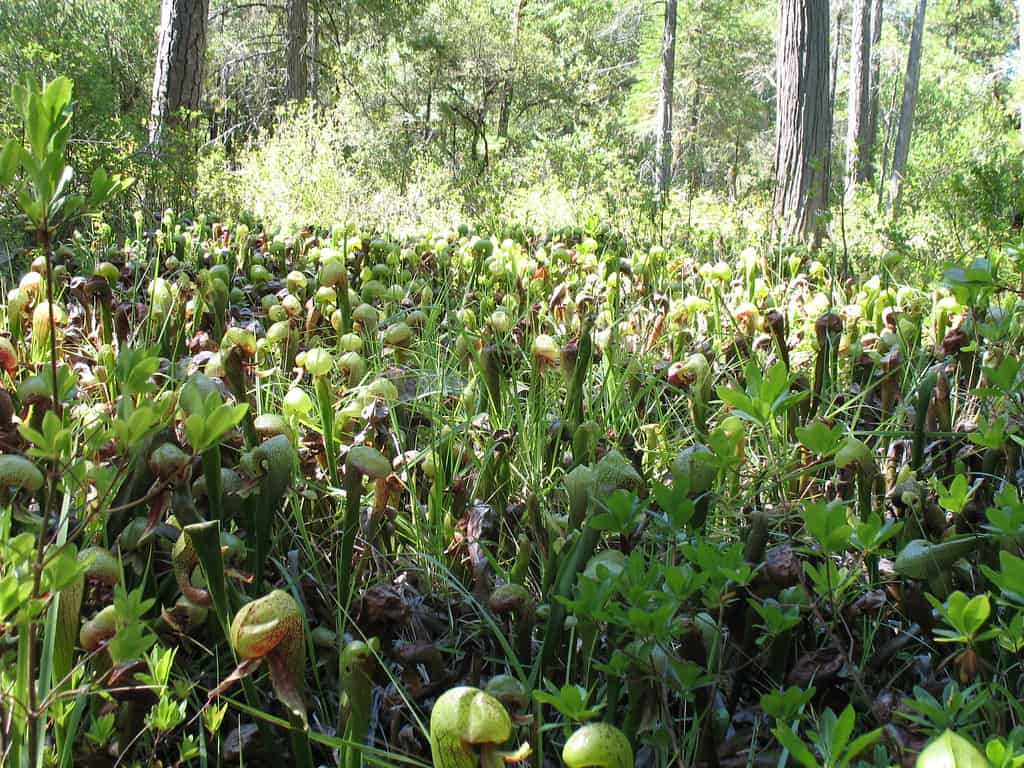
The Nepenthes rajah employs a sophisticated passive trapping mechanism that relies on a combination of attraction, deception, and physics. The process begins with the secretion of nectar from specialized glands on the pitcher’s lid and rim (peristome). This sweet substance attracts small mammals, including mice, that are drawn to the potential food source. The peristome features a microscopic structure with overlapping cells that create a surface that becomes extraordinarily slippery when wet. As prey ventures onto this treacherous surface to feed, they lose their footing and plummet into the pitcher’s digestive fluid below.
The interior walls of the pitcher are coated with a waxy substance and often feature downward-pointing hairs that prevent climbing out. Once immersed in the digestive fluid, the prey drowns and begins to be broken down by a combination of digestive enzymes secreted by the plant and beneficial bacteria that inhabit the pitcher fluid. This elegant trap operates continuously without requiring the energy expenditure of active movement, making it an extremely efficient hunting mechanism.
The Digestive Process
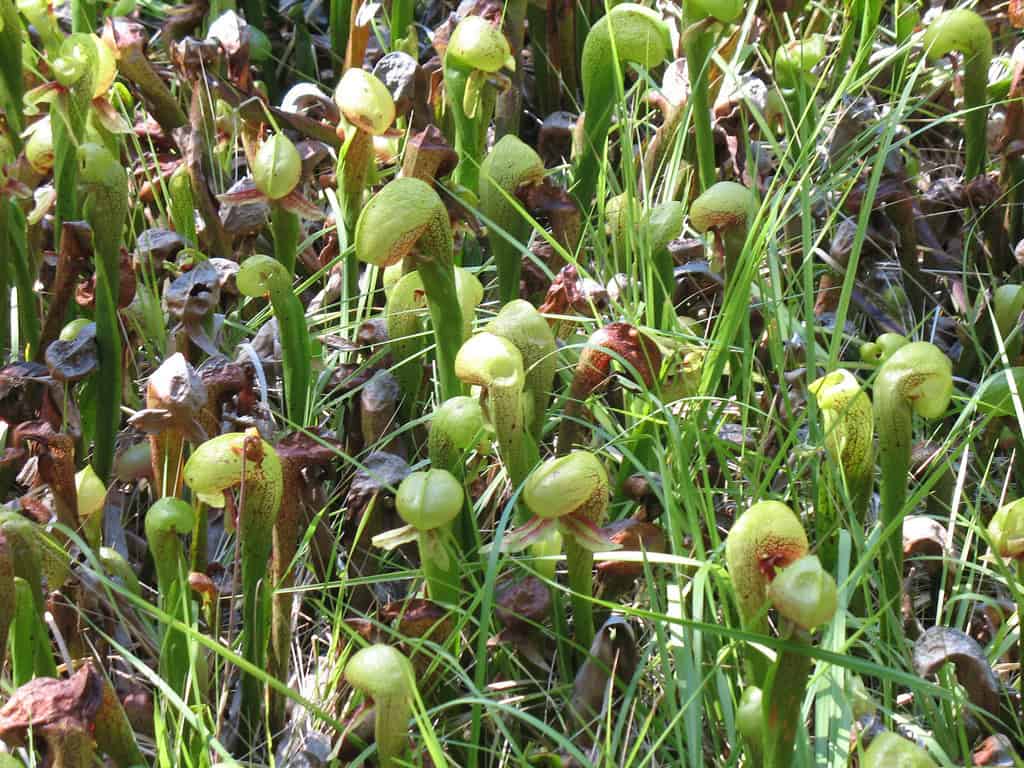
Once prey falls into the pitcher, a remarkable digestive process begins that efficiently extracts nutrients from the captured animal. The fluid inside the pitcher contains a complex mixture of digestive enzymes including proteases, phosphatases, nucleases, and chitinases, which break down proteins, phosphorus-containing compounds, nucleic acids, and chitin respectively. This enzymatic cocktail is supplemented by acids that lower the pH to around 2-4, creating conditions similar to the stomach acid of many animals.
Additionally, the pitcher fluid contains a community of microorganisms that assist in the decomposition process, creating a unique ecosystem within each trap. For larger prey like mice, complete digestion can take 7-10 days, during which the plant gradually absorbs the released nutrients through specialized cells in the pitcher’s inner wall. Interestingly, the plant can regulate the production of digestive enzymes based on the presence of prey, increasing secretion when an animal is captured to maximize digestive efficiency.
Mouse Capture: Fact or Fiction?
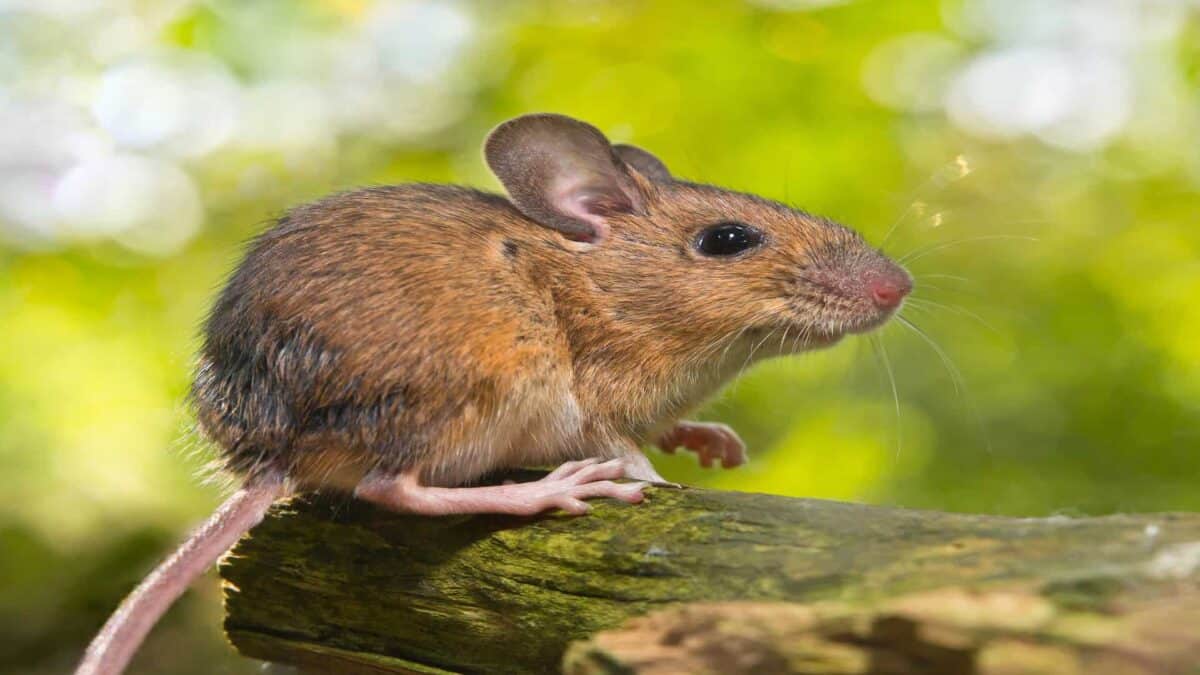
While there has been some sensationalism in reports about pitcher plants consuming mice, scientific documentation confirms that Nepenthes rajah is indeed capable of capturing and digesting small mammals. Field studies in Borneo have recorded instances of mountain tree shrews and small rodents found within the pitchers, though such events are relatively rare and opportunistic rather than a primary feeding strategy.
A 2011 study published in the Journal of Tropical Ecology documented the remains of several small rodents in N. rajah pitchers during a systematic survey. The plant’s extraordinarily large pitcher size is what enables it to handle prey of this magnitude, unlike smaller pitcher plant species that primarily target insects. While mice aren’t the plant’s most common prey, the botanical capability to digest vertebrate animals represents an extreme adaptation in the plant kingdom. The digestive fluid must be particularly potent to break down the fur, bone, and muscle tissue of mammalian prey, highlighting the specialized nature of this carnivorous adaptation.
The Mutualistic Relationship with Tree Shrews
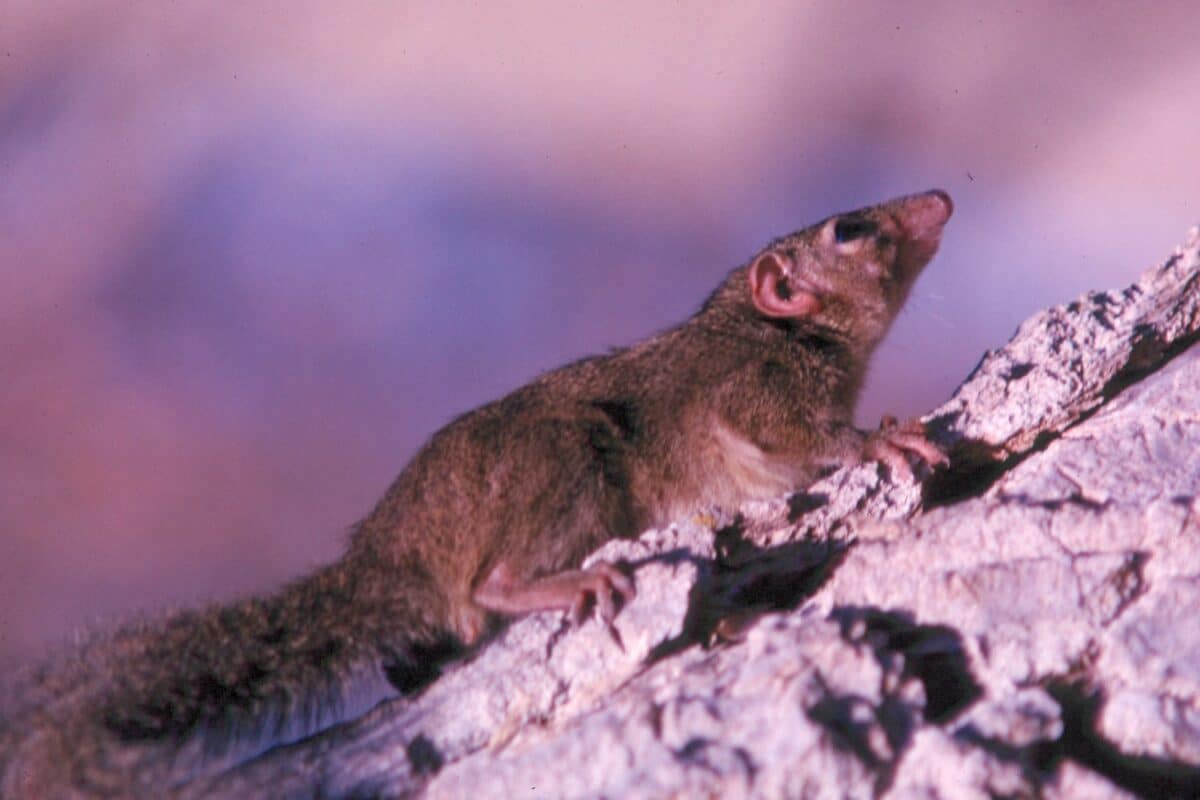
In a fascinating evolutionary twist, Nepenthes rajah has developed a complex relationship with mountain tree shrews (Tupaia montana) that goes beyond simple predator-prey dynamics. The plant’s largest pitchers have evolved a structure that allows tree shrews to safely feed on nectar secreted on the pitcher lid while positioning their bodies to defecate directly into the pitcher. This provides the plant with a reliable source of nitrogen and other nutrients from the animal droppings without having to digest the animal itself.
The pitcher’s lid and opening have co-evolved with the tree shrew’s body dimensions in what scientists call a “toilet bowl” adaptation, where the animal can feed safely while providing fertilizer in return. This mutualistic relationship demonstrates the plant’s evolutionary versatility—capable of direct predation on some animals while forming beneficial partnerships with others. Such complex interspecies relationships highlight how carnivorous plants have developed sophisticated strategies beyond simple prey capture to acquire nutrients in challenging environments.
Habitat and Conservation Status
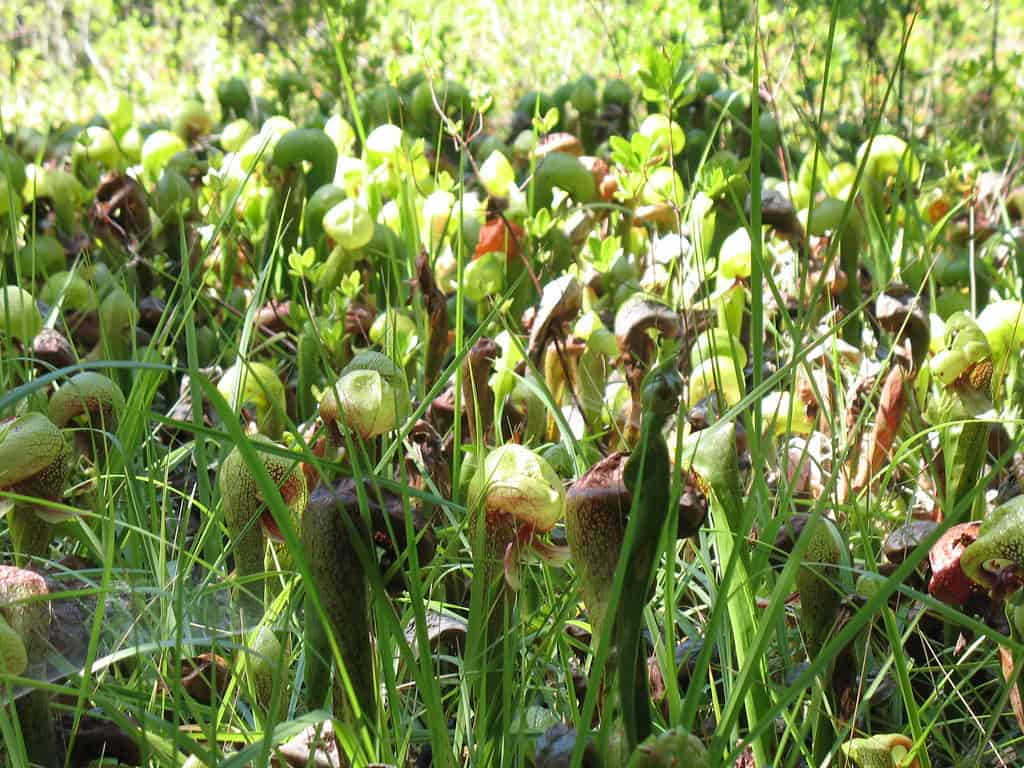
Nepenthes rajah is endemic to Mount Kinabalu and neighboring Mount Tambuyukon in Sabah, Borneo, where it grows at elevations between 1,500 and 2,650 meters (4,900-8,700 feet) in mossy, foggy montane forests. These specialized habitats feature high humidity, regular cloud cover, and cool temperatures between 10-25°C (50-77°F). The plant requires these specific conditions to thrive, which is partly why its range is so restricted. Unfortunately, this specialization makes it particularly vulnerable to habitat loss and climate change.
Currently listed as Endangered on the IUCN Red List, N. rajah faces numerous threats including illegal collection for the horticultural trade, habitat destruction from agriculture and development, and gradually warming temperatures that are shifting the cloud cover patterns essential to its survival. Conservation efforts include strict legal protection within Kinabalu National Park, a UNESCO World Heritage site, controlled propagation programs at botanical gardens, and tissue culture initiatives that aim to reduce collection pressure from the wild population.
Other Mammals Captured by Pitcher Plants

Beyond mice, various Nepenthes species have been documented capturing an impressive range of vertebrate prey. The related Nepenthes attenboroughii, discovered in 2007 on Mount Victoria in the Philippines, has been observed with remnants of small rats in its traps. Nepenthes rafflesiana has been documented capturing small frogs and lizards that fall into its pitchers. Several species including Nepenthes lowii and Nepenthes macrophylla have been observed capturing bats that roost above the pitchers and occasionally fall in.
In 2019, researchers in Borneo documented a Nepenthes diatas capturing a small bird that had apparently slipped while attempting to drink from the pitcher fluid. These observations highlight the opportunistic nature of pitcher plants’ carnivory—they don’t specifically target mammals but have evolved traps large and effective enough to capture whatever suitable prey happens to fall in. While insects remain the predominant food source for most pitcher plants, the ability to occasionally capture and digest vertebrates represents a significant nutritional bonanza for these plants, potentially providing nutrients that could sustain growth for extended periods.
Cultural Significance and Historical Records
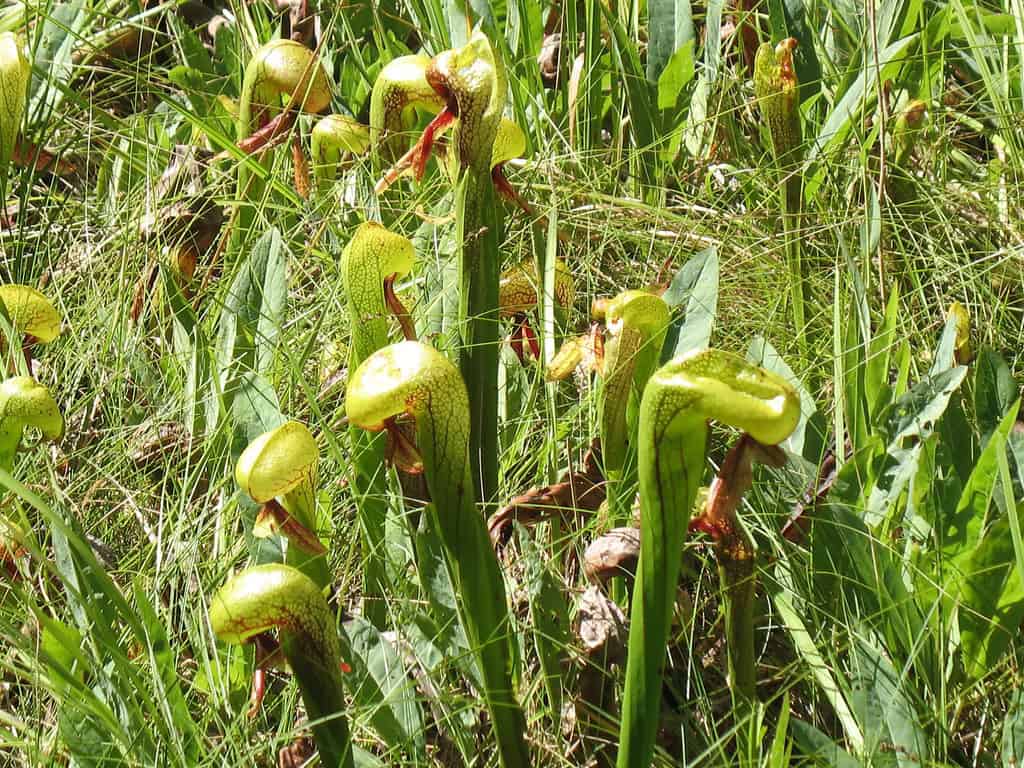
Nepenthes rajah has held cultural significance among indigenous communities of Borneo for centuries. The Kadazan-Dusun people of Sabah traditionally used the pitchers as natural water containers and cooking vessels when traveling through the mountains. Local folklore contains stories about these plants consuming animals, with some legends warning about plants large enough to trap unwary children—an exaggeration that nonetheless speaks to the plant’s predatory reputation.
The first Western scientific documentation came in 1858 when Hugh Low, a British colonial administrator and naturalist, collected specimens that were later described and named by Joseph Dalton Hooker, director of the Royal Botanic Gardens at Kew. The specific epithet “rajah” references the plant’s regal size and impressive stature. Victorian-era botanists were particularly fascinated by carnivorous plants, seeing them as botanical curiosities that challenged the conventional boundaries between plants and animals. This fascination led to intensive collection that nearly drove several Nepenthes species to extinction, establishing a problematic pattern of exploitation that conservation efforts still contend with today.
Growing Nepenthes Rajah in Cultivation
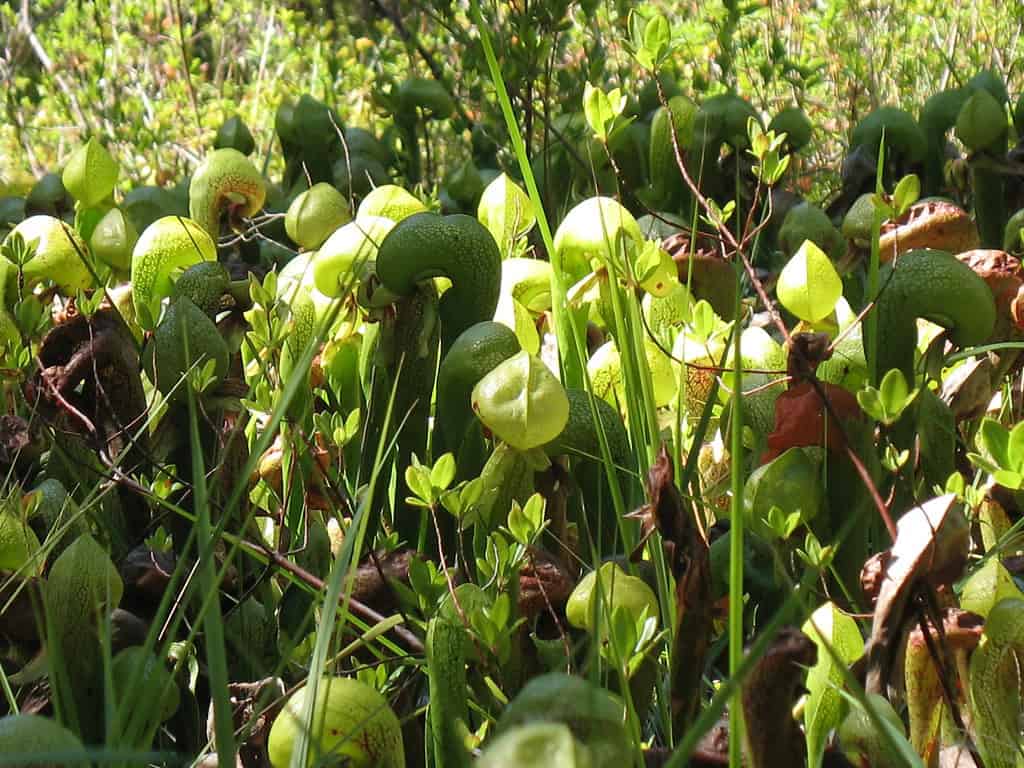
Cultivating Nepenthes rajah presents significant challenges even for experienced horticulturists, requiring careful replication of its highland tropical habitat. Successful cultivation demands high humidity (70-100%), good air circulation, pure water (rainwater or distilled), cool night temperatures (50-65°F/10-18°C), moderate day temperatures (65-80°F/18-27°C), and bright but indirect light. The growing medium must be acidic and nutrient-poor, typically consisting of a mix of sphagnum moss, perlite, and orchid bark. Unlike many houseplants, fertilizers should be avoided or used extremely sparingly, as excess nutrients can actually harm these specialized plants adapted to nutrient-poor conditions.
Most successful cultivation occurs in specialized greenhouses or terrariums equipped with temperature and humidity controls. While challenging to grow, captive-bred specimens help reduce collection pressure on wild populations, with several botanical gardens maintaining important conservation collections. The plants grow slowly, often taking 5-7 years to reach maturity and produce their impressive pitchers. For ethical reasons, responsible growers purchase only artificially propagated plants with proper documentation rather than wild-collected specimens.
Scientific Research and Discoveries
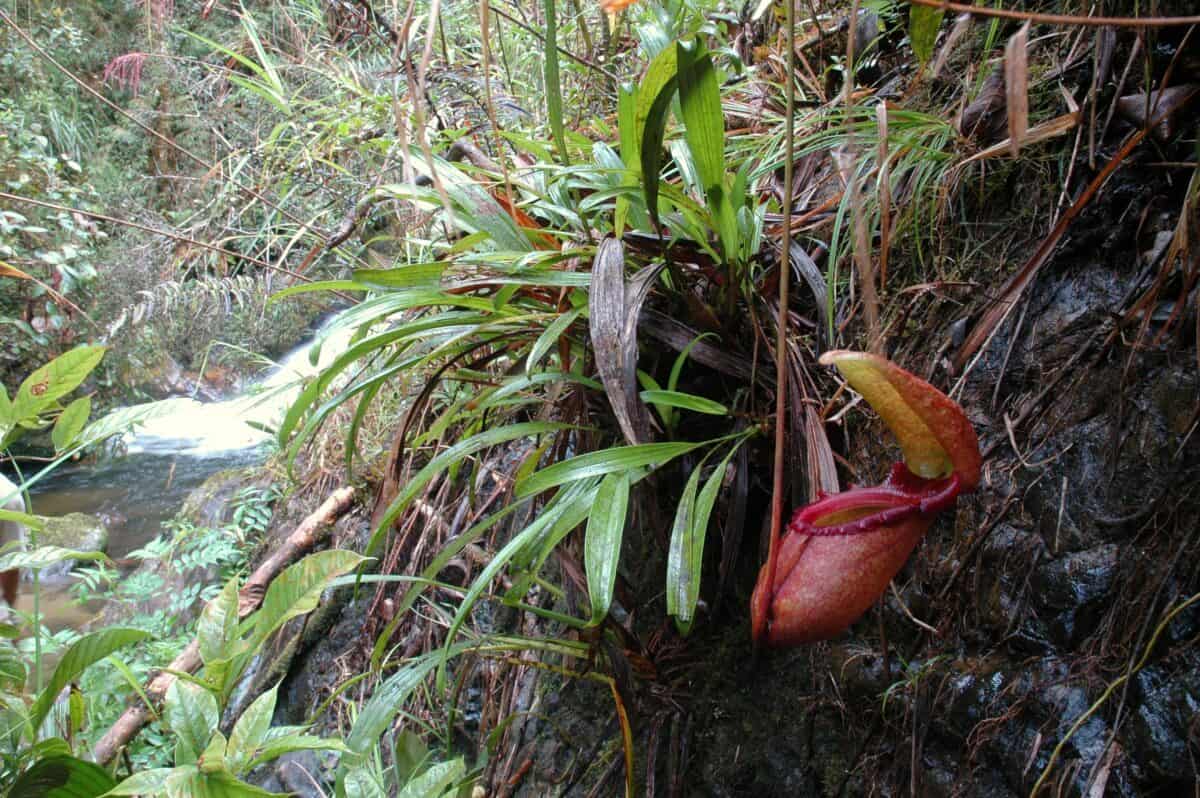
Nepenthes rajah continues to yield fascinating scientific discoveries as researchers explore its unique biology. Recent studies of the pitcher fluid have identified novel enzymes with potential applications in biotechnology and medicine, including proteases that function effectively in acidic environments. Research into the plant’s digestive mechanisms has revealed a sophisticated ability to regulate enzyme production based on prey capture, demonstrating previously unknown metabolic flexibility in plants. The complex community of microorganisms living within the pitcher fluid, known as the pitcher microbiome, represents a unique ecosystem with potential applications in understanding symbiotic relationships.
In 2016, researchers discovered that the pitcher fluid contains compounds with antimicrobial properties that selectively allow beneficial bacteria to thrive while inhibiting potential pathogens. The plant’s ability to digest bone and cartilage has attracted attention from researchers studying biodegradation processes. Additionally, genomic studies are beginning to unravel the genetic basis for carnivory in plants, with the Nepenthes genus providing important insights into how carnivorous adaptations evolved and are regulated at the molecular level.
Conclusion
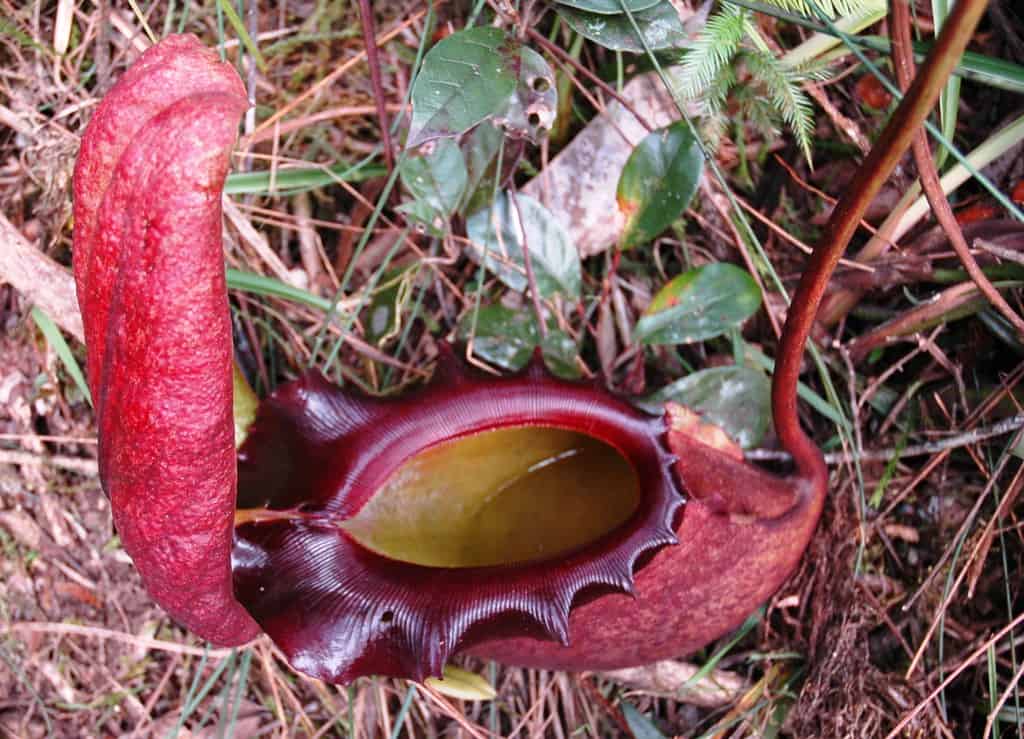
The Giant Pitcher Plant’s ability to trap and digest mice represents one of the most remarkable adaptations in the plant kingdom, blurring the traditional boundaries between plants and animals. This botanical predator showcases nature’s extraordinary capacity for developing specialized solutions to environmental challenges, evolving carnivory as a strategy to thrive in nutrient-poor habitats.
As we continue to explore and understand these fascinating plants, they offer valuable lessons about evolutionary adaptation, ecological relationships, and the surprising complexity of plant biology. The precarious conservation status of Nepenthes rajah serves as a reminder of our responsibility to protect these botanical wonders and the specialized habitats they depend on, ensuring future generations can continue to marvel at plants that defy our expectations about what the vegetal world is capable of.
- The Island Where Endangered Birds Are Making a Comeback - August 9, 2025
- Could the Ogallala Aquifer Run Dry in Our Lifetime? - August 8, 2025
- The Fish That Can Bite Through Bone - August 8, 2025

